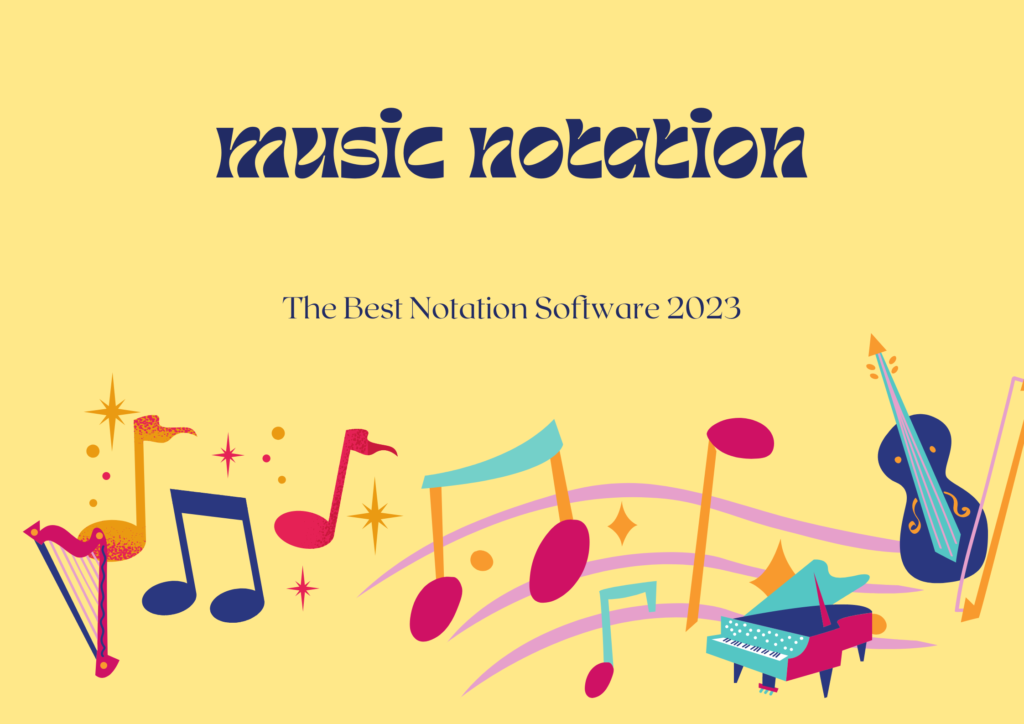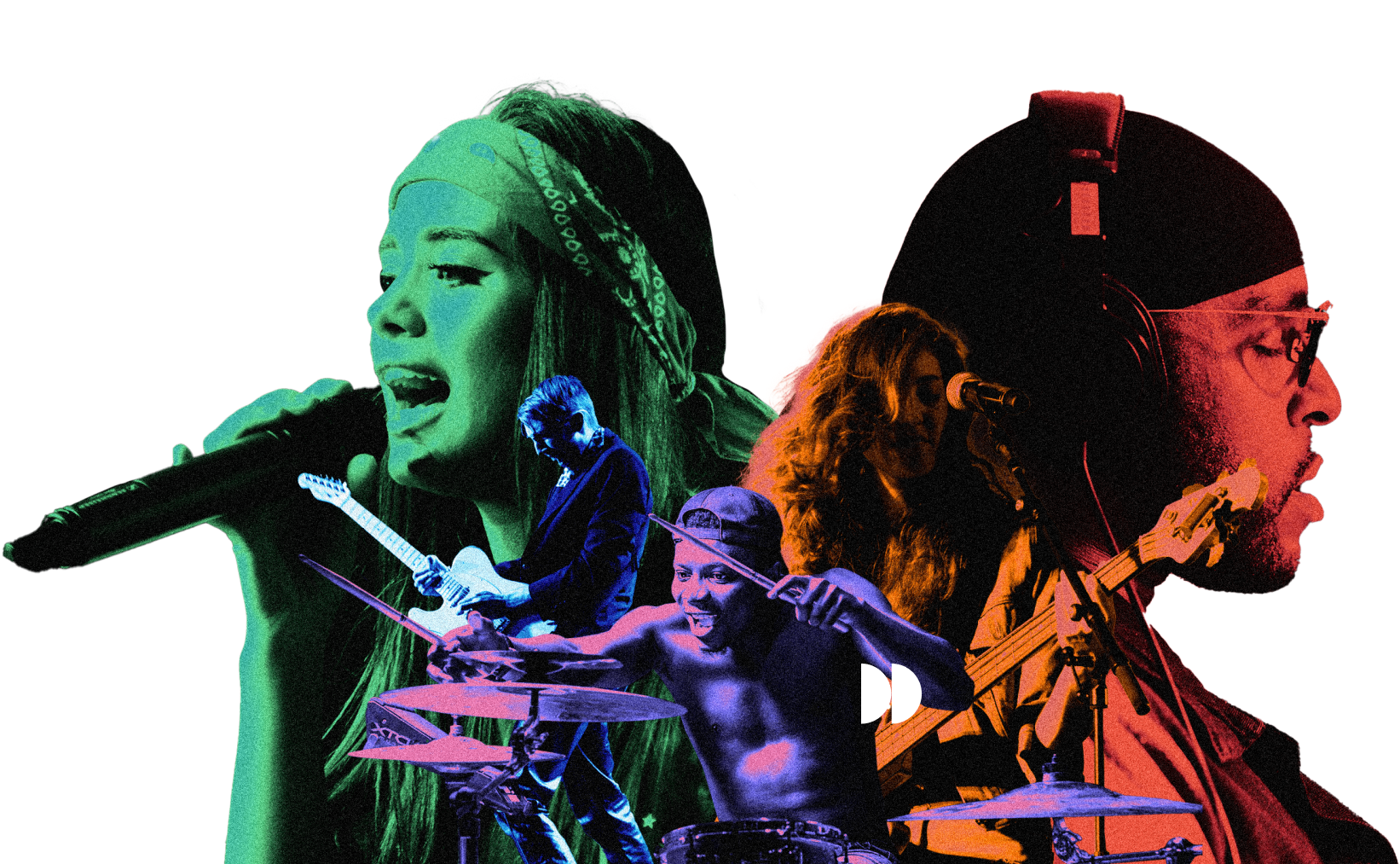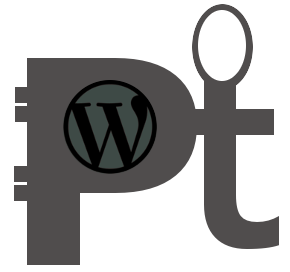Search Topic
The Future of Sheet Music The Best Notation Software 2023
Introduction: The Evolution of Sheet Music and Notation Software

Sheet music has been a fundamental tool for musicians throughout history, serving as a means to preserve and communicate musical compositions. However, with the rapid advancement of technology, traditional sheet music has undergone a significant transformation. In recent years, notation software has emerged as a powerful tool for composers, arrangers, and musicians, revolutionizing the way music is created, shared, and performed. As we step into the year 2023, it is crucial to explore the future of sheet music and the best notation software available. This article delves into the exciting developments, features, and challenges that musicians and creators can expect in the coming years, as well as the potential impact of AI and machine learning on the industry. Get ready to embark on a journey through the future landscape of sheet music and discover the possibilities offered by the best notation software of 2023.
1.1 The history of sheet music
Sheet music has been around for centuries, serving as the primary means of notating and sharing musical compositions. From manuscripts to print publications, musicians have relied on sheet music to bring their musical ideas to life. It’s been a trusty companion for composers, performers, and music enthusiasts alike.
The rise of notation software
In recent years, however, the landscape of sheet music has undergone a significant transformation with the advent of notation software. These digital tools have made the process of creating, editing and sharing sheet music more efficient and convenient. Notation software has become increasingly popular among musicians, offering a wide range of features and benefits that traditional sheet music cannot match. Now, it’s time to take a closer look at the future of this technology.
Advancements in Notation Software: A Glimpse into the Future
Current trends and developments
Notation software has come a long way, and it continues to evolve at a rapid pace. Current trends include improved user interfaces, enhanced collaboration capabilities, and integration with other music production software. These advancements have revolutionized the way musicians compose, arrange, and share their music.
2.2 Predictions for the future of notation software
Looking ahead, the future of notation software seems even brighter. As technology continues to advance, we can expect more intelligent features, such as automated music transcription and composition assistance. Additionally, advancements in artificial intelligence and machine learning may further improve the accuracy and flexibility of notation software, making it an indispensable tool for musicians of all levels.
Features and Functionality of the Best Notation Software in 2023
Enhanced notation tools and capabilities
The best notation software in 2023 will offer a wide range of advanced notation tools and capabilities. Musicians will have access to intuitive interfaces for seamless music creation, editing, and layout adjustments. Features like automatic harmonization, chord suggestions, and orchestration assistance will empower composers to bring their musical vision to life more easily and efficiently than ever before.
Advanced playback and audio features
Notation software in 2023 will not only help musicians write music but also provide advanced playback and audio capabilities. Realistic audio rendering, virtual instrument integration, and dynamic score playback will allow composers and performers to hear their compositions exactly as intended. Imagine being able to listen to a full orchestra playing your symphony right from your computer!
Integration with other software and devices
The best notation software in 2023 will seamlessly integrate with other music production software and devices. Whether it’s syncing with digital audio workstations, MIDI controllers, or cloud storage platforms, musicians will enjoy a streamlined workflow and enhanced collaboration possibilities. This integration will empower musicians to maximize their creativity and productivity.
User Experience and Accessibility: Bridging the Gap between Musicians and Technology
Intuitive interfaces and user-friendly design
Notation software in 2023 will prioritize user experience with intuitive interfaces and user-friendly design. The learning curve will be minimized, allowing musicians of all levels to start using the software without feeling overwhelmed. Complex functionalities will be hidden behind user-friendly controls, ensuring a smooth and enjoyable experience for all users.
Customization options for individual preferences
Personalization will also be a key aspect of notation software in 2023. Musicians will have the ability to customize their workspace, preferences, and shortcuts to match their unique workflow and preferences. This level of customization will empower musicians to work efficiently, focusing on their creativity rather than struggling with software limitations.
Accessibility features for musicians with disabilities
The best notation software in 2023 will prioritize accessibility, ensuring that musicians with disabilities can fully engage with the technology. Features like screen readers, high contrast modes, and keyboard shortcuts will make notation software more inclusive and accessible to all musicians, regardless of their physical abilities.
In conclusion, the future of notation software is bright. With advancements in technology, we can expect more powerful and user-friendly tools that will revolutionize the way musicians create, edit, and share sheet music. So, embrace the digital age, and let your compositions shine with the help of the best notation software in 2023!
Collaboration and Sharing: Empowering Musicians in the Digital Age
The world of sheet music is no longer confined to dusty library shelves and frustratingly unshareable manuscripts. With the advent of notation software, musicians can now collaborate in real-time and share their compositions with ease.
Real-time collaboration and remote work capabilities
Gone are the days of mailing physical sheet music back and forth or trying to synchronize schedules for in-person rehearsals. Notation software now offers real-time collaboration features that allow musicians to work together on the same composition from different locations. Whether you’re a songwriter collaborating with a lyricist or a conductor fine-tuning an orchestral arrangement, these tools make it a breeze to work together remotely.
Sharing and distributing sheet music online
The digital age has made it easier than ever to share and distribute sheet music. Notation software allows musicians to upload their compositions to online platforms where they can be easily accessed and downloaded by others. This accessibility opens up new opportunities for exposure and collaboration, as musicians from around the world can discover and perform their work without the limitations of physical distribution.
Version control and collaborative editing features
Collaborative editing features in notation software enable musicians to work on the same composition simultaneously while keeping track of changes and revisions. No more confusion over conflicting edits or lost versions of your work. With version control, you can easily revert to previous iterations or compare different arrangements side by side. It’s like having a personal assistant organizing your musical journey.
Integration with Digital Instruments and Interactive Technology
As technology advances, notation software is stepping up to the challenge of integrating seamlessly with digital instruments and interactive technologies. This allows musicians to enhance their performances and compositions with new possibilities.
Seamless integration with MIDI controllers and digital instruments
Notation software now offers seamless integration with MIDI controllers and digital instruments, making it easier than ever to compose, record, and manipulate music. Whether you’re a pianist, guitarist, or electronic music producer, you can connect your instrument to the software and have your compositions come to life with just a few clicks.
Compatibility with virtual reality and augmented reality technologies
Virtual reality (VR) and augmented reality (AR) are no longer reserved solely for gaming. Notation software is embracing these immersive technologies, allowing musicians to experience their sheet music in entirely new ways. Imagine stepping into a virtual concert hall where the notes float around you or using AR glasses to see your composition displayed in front of you as you play along. The future of sheet music is becoming an interactive and immersive experience.
Expanding possibilities with interactive sheet music displays
Interactive sheet music displays are changing the way musicians read and interact with music. These innovative devices use e-ink technology to mimic the feel of paper while providing dynamic and customizable displays. Musicians can now annotate scores, highlight sections, and even turn pages with a foot pedal, all without the hassle of physical sheet music. It’s like having a personal assistant that magically anticipates your every musical need.
The Impact of AI and Machine Learning on Sheet Music and Notation Software
Artificial intelligence (AI) and machine learning are revolutionizing many industries, and sheet music is no exception. The integration of AI and machine learning into notation software brings exciting possibilities for composers, musicians, and music enthusiasts alike.
AI-assisted composition and arrangement tools
AI-assisted composition and arrangement tools provide musicians with intelligent suggestions and creative inspiration. Whether you’re stuck on a melody or looking for harmonic variations, these tools can analyze your existing composition and offer suggestions based on patterns and music theory. It’s like having an AI-powered collaborator that can push your creativity to new heights.
Machine learning-based transcription and notation recognition
Gone are the days of painstakingly transcribing music by ear. Machine learning algorithms can now analyze audio recordings and automatically transcribe them into sheet music. This not only saves time but also opens up opportunities for musicians to study and learn new pieces more efficiently. Additionally, notation software equipped with notation recognition can instantly convert handwritten scores into digital format, making it easier to share and edit compositions.
AI-powered recommendations and personalized suggestions
AI-powered recommendation systems are becoming commonplace in various aspects of our lives, and sheet music is no exception. Notation software can now analyze your preferences, musical style, and previous compositions to provide personalized suggestions for new repertoire, practice exercises, or musical arrangements. It’s like having a musical genie that understands your tastes and helps you discover new avenues for creative exploration.
The Future Landscape of Sheet Music: Challenges and Opportunities
While the future of sheet music holds immense potential, it also presents unique challenges and opportunities for musicians and composers.
Copyright and licensing implications in the digital era
As sheet music becomes increasingly digital, copyright and licensing issues become more complex. Ensuring proper attribution, protecting original compositions, and navigating licensing agreements are crucial considerations for musicians and composers in this new landscape. Stakeholders in the music industry need to adapt and develop systems that protect the rights of creators while fostering collaboration and innovation.
8.2 Balancing tradition and innovation in sheet music composition and notation
Navigating the balance between traditional sheet music practices and innovative digital tools can be a challenge. While embracing new technologies opens up exciting possibilities, it’s important to preserve the essence and integrity of sheet music notation. Striking this balance requires thoughtful consideration and an understanding of the needs and preferences of musicians and composers.
8.3 The rise of subscription-based services and the impact on musicians and composers
Subscription-based services are becoming increasingly prevalent in the world of sheet music. While these services offer convenience and access to a vast library of music, they also raise concerns about fair compensation for composers and musicians. It’s important for musicians and composers to evaluate the implications of subscription models and advocate for fair compensation structures that support their livelihoods.
In conclusion, the future of sheet music and notation software is an exciting one. With collaboration and sharing features, integration with digital instruments and interactive technology, the impact of AI and machine learning, and the challenges and opportunities that lie ahead, musicians and composers have a world of possibilities at their fingertips. So, let’s embrace the future with open arms and compose a harmonious symphony of innovation and creativity. In conclusion, the future of sheet music and notation software is brimming with innovation and possibilities.
As advancements in technology continue to shape the music industry, musicians, composers, and arrangers can look forward to enhanced features, user-friendly interfaces, and seamless integration with other digital instruments and technologies. Collaboration and sharing will become effortless, while AI and machine learning will elevate the composition, transcription, and recommendation processes. However, with these advancements come challenges, such as copyright and licensing implications. As we navigate the ever-evolving landscape of sheet music, musicians and creators need to stay informed and adapt to the changes, ultimately embracing the transformative power of notation software in the years to come.








